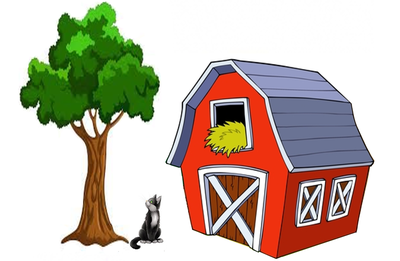COMPLETE SUPPLY LIST
- Bags
- Soil, Compost, Coco Coir
- Sulfur Dust (scab reduction)
- Glacial Rock Dust (micro nutrients)
- Bone Meal (phosphorus)
- Blood Meal (non synthetic nitrogen)
- Seed Potatoes
CONTAINER GROWING
Our preference is to use fabric containers, plastic ones gets very hot in the sunshine.
Fabric Containers require a bit more maintenence because of watering requirements but yield great results and make harvesting simple. You will never over water a fabric pot and voles won’t eat your potatoes!
SULFUR USE
In potato plants, adequate sulfur helps with:
- Nutrient uptake
- Chlorophyll production
- Overall development
- Stress resistance
- Pest resistance
Sulfur Prepping Seed Potato
- Place about a pound of cut potato pieces in a sturdy paper bag.
- Add 2 tablespoons of elemental sulfur to the bag.
- Shake the bag until all the pieces are coated.
- Shake gently to avoid damaging chips.
- Plant immediately.
Bone meal is high in phosphorus, which is needed for the production of roots and tubers. Sprinkle bone meal at each planting site above and below your seed potato. Watering will allow goodness to flow down through the soil.
Bone meal is only truly effective with a soil PH of 7 or less.
Optimum Soil PH for potatoes is 6.0 – 6.5 PH
NUTRIENTS
Glacial Rock Dust is an excellent source of readily available calcium, iron, magnesium and potassium plus trace elements and micro-nutrients. It’s a fantastic soil builder that aids in nutrients not readily available in old soils.
Blood Meal will give a great source of Nitrogen to your mix and can be added directly to the mix or used as a top dressing prior to hilling more dirt on top of it. Exposed Blood Meal may draw in pests, it’s best mixed into the soil and watered in.
PLANTING & SOIL
Plant your seed potatoes directly in the pot after the risk of frost has passed.
Fill your pot with about 6 inches of quality, organic potting soil.
Make sure there are no rocks in your media, rocks will create deformities in your tubers as they grow.
Coco Coir in your soil mix will result in a loose mix that will allow uniform growth of tubers.
A High compost content with up to 20 percent sand will create a beautiful mix.
Place your cured seed potatoes eyes up on the soil surface. Again, make sure to allow at least 5 inches of space between each plant.
Plant one seed potato for each 3 gallons of Smart Pot container. For a 15 gallon container, for example, plant 5 seed potatoes. For the 10 gallon container, plant 3 or 4 seed potatoes.
Fill the container with about 4 to 6 inches of potting soil that has been blended with compost and fertilizer.
Place potato pieces onto the potting mix with the eye buds facing up.
Put the container in full sun.
Plants will get fairly large, so make sure to give them some breathing room. For example, a container that is around 20 inches wide can handle about four small seed potatoes. It may not seem like much when you’re planting, but the size of your potato harvest should surprise you.
Make sure to water deeply by waiting until water runs out the bottom of your container.
Once your potato plants have grown about 6 inches add a couple of inches of prepared soil around your potato plants, covering the growing stems at the bottom. (this is Container Hilling) Keep doing this until the container is full of soil. Not doing this will give you green potatoes where the potato gets exposed to air.
HARVESTING
You can harvest potatoes any time after the plants flower, but the best harvest comes after the plants yellow and die off.
Simply dump your containers into a wheelbarrow and pick out your potatoes.
Using a frame with a screen is how we harvest our potatoes, let the dirt fall through the screen into a wheelbarrow or right into the compost bin and collect potatoes off the top.
Store potatoes by brushing off the dirt and let them dry (cure) for a few days.
We have found that saving our root vegetables in mesh fruit baskets lined in newspaper and buried in sand make for great over winter storage.

